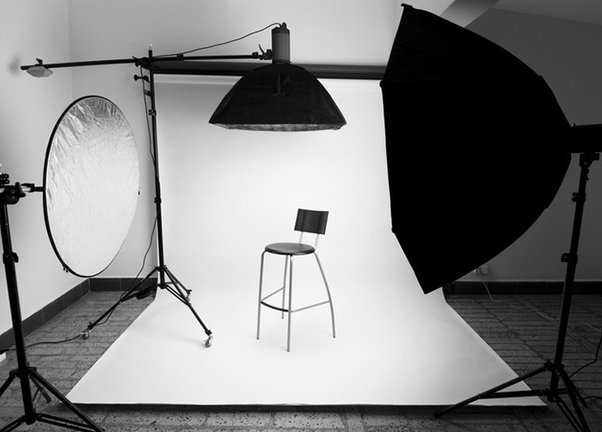Lighting in different types of Photography
Lighting is the most important thing in photography. Using the correct lighting makes or breaks the look and feel of a photo.
it’s what makes the photograph possible. So, let’s get a better understanding of what we are talking about when we are discussing the types of light.
What is Light in Photography?
Light is the fundamental element in photography. In fact, the word photography was formed by merging the Greek words for light and drawing. Photographers create an image by capturing light particles on a light-sensitive medium. Without light, it would not be possible to have photographs.
What Type of Lighting is Best for Photography?
That depends on the picture you’re taking. Many photographers prefer to have a Speedlight or flash because they are portable and flexible, but it often happens that using ambient light works better. It all depends on your subject and the mood you want to create.
Types of Photographic Lighting and How to Use Them
Whatever type of lighting you’re using for your images, there are different reasons to choose certain lighting for photography. Here we describe 11 types of photography lighting and how to use them:
1. Ambient light
Ambient light is defined as lighting that is not added to the scene by the photographer. Sunlight can be ambient lighting, but so can a streetlight, and don’t forget about moonlight. None of these are added to the scene by a photographer.
The goal with ambient lighting is often to get a soft, evenly distributed light that can bounce from one surface to another. This kind of lighting works particularly well for landscape photography.

2. Flat lighting-Lighting in different types of Photography
Lighting in different types of Photography
Flat lighting is when you have the light source facing directly onto the front of your subject. If you’re photographing a person, it will mean that their face is well lit and that you won’t see any shadows on their face.
3. Broad light
Broad lighting is actually a type of side lighting. It’s where the most well-lit side of your subject is facing the camera, and the less well-lit side is away from the camera.
If we’re talking about a subject’s face, this type of lighting can work well for a person with a narrow face since it makes a face look fuller. However, it would be less desirable if the subject already has a full face.
4. Short light
Short lighting is the opposite of broad lighting. This is where the shadow falls on the side of the face closest to the camera. This technique is flattering to most facial types, but in particular, it works well to make a full face look thinner.
Short lighting is ideal for low-key images, in part because of the heavy contrast it provides. It’s also good if you’re trying to create images with more depth, and it can be used to hide imperfections.
5. Split light
Split lighting is where the light source hits the subject from the side at a ninety degree angle. It creates a split of light and shadow–half of your subject will be in the light, and half will be in the shadow.
This technique tends to create more dramatic images. It often makes your subject appear tough and more masculine. This type of lighting also tends to emphasize the texture of the skin and the details of the face. It gives a sense of assertiveness and can also be used to emphasize glamour.
6. Backlighting
Backlighting is just what it sounds like–the light source is behind your subject. It can be used to create silhouettes, or you can combine it with certain atmospheric conditions–like fog–to get more dramatic images.
One of the problems with this lighting technique is that you can lose clarity in your subject because it is backlit. For that reason, it might help to use reflectors to reflect some of the light back onto your subject (if you don’t want a silhouette), or you can use a technique called the semi-silhouette where you only allow the light to just barely enter the frame. That creates a nice glow that is a welcome contrast to the dark background.
7. Rim light-Lighting in different types of Photography
Rim lighting is where the light hits the subject at an angle, such that it creates highlights along the edges of your subject. This highlights the shape of your subject, and it’s a great technique to use to separate your subject from the background.
8. Butterfly light
This technique is about the name for the distinctive shadow it creates below the nose of your subject. You set this up by placing the light in front of and above your subject. It will create a small butterfly-shaped shadow under their nose.
On the plus side, it highlights prominent cheekbones, which is why many women like it. But, on the negative side, it also emphasis
9. Loop light
Loop lighting is another go-to technique for portraiture photography because it is flattering for almost every subject. It is less dramatic than other lighting types, but it creates more depth than flat lighting. It does all of this by still keeping the subject well-lit.
10. Soft light
Soft light is light where shadow edges are soft and open, and there is less contrast. It is achieved with a larger, broader light placed closer to the subject. Overcast days are a great opportunity for outdoor soft lighting.
11. Hard light
Hard light is the opposite of soft light–it creates strong shadows and high contrast. It creates more dramatic and edgier images. In the studio, you can position the light source with soft light, but you don’t use diffusers to soften the light.
